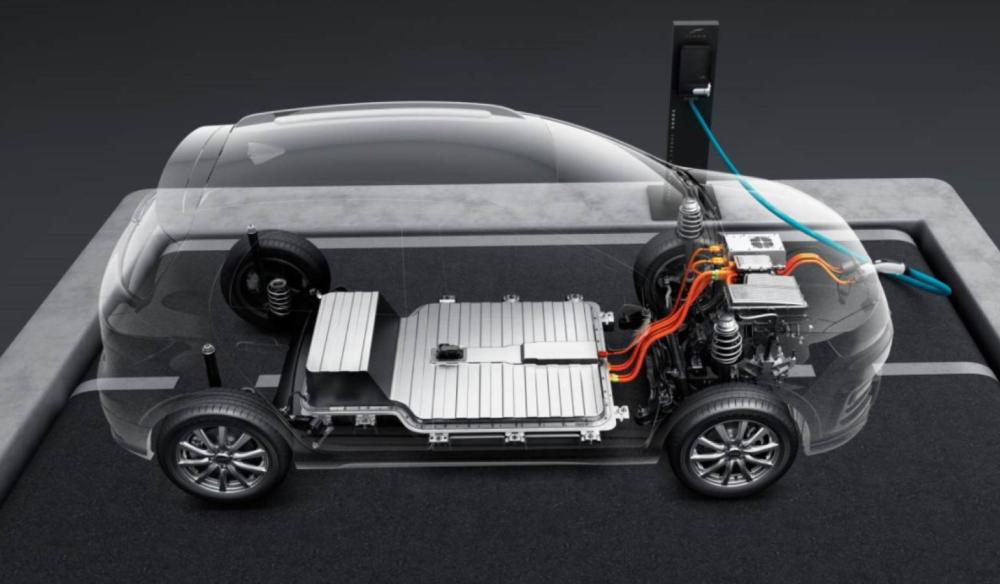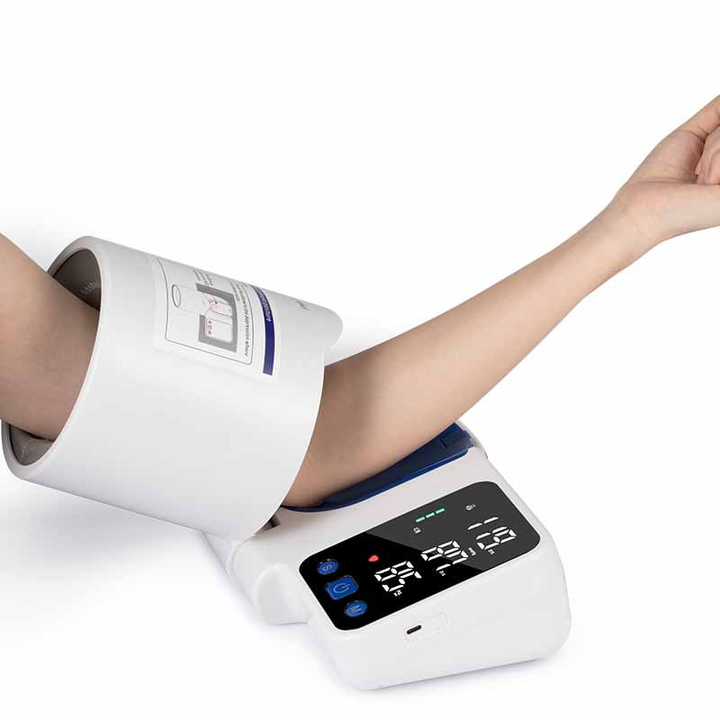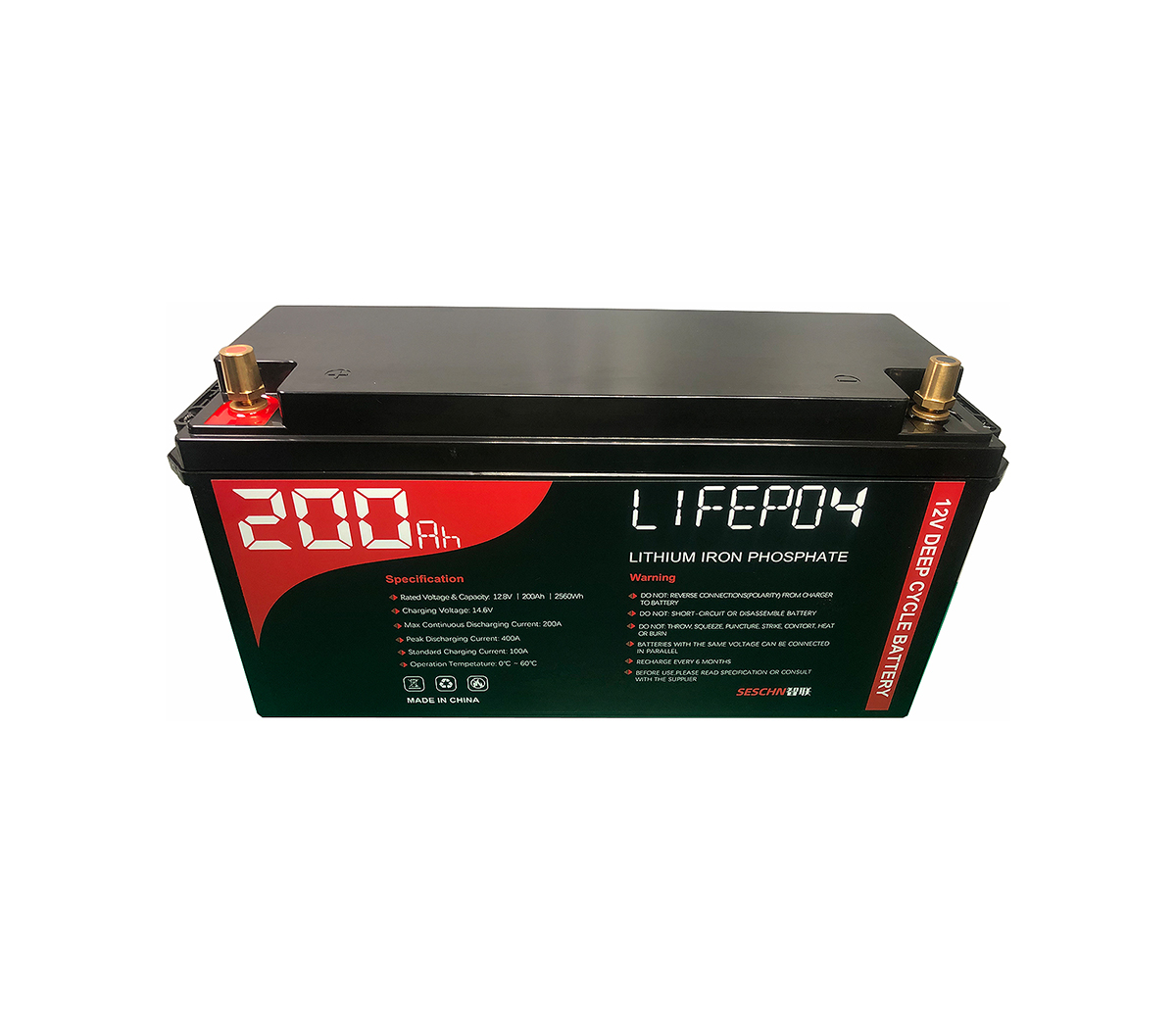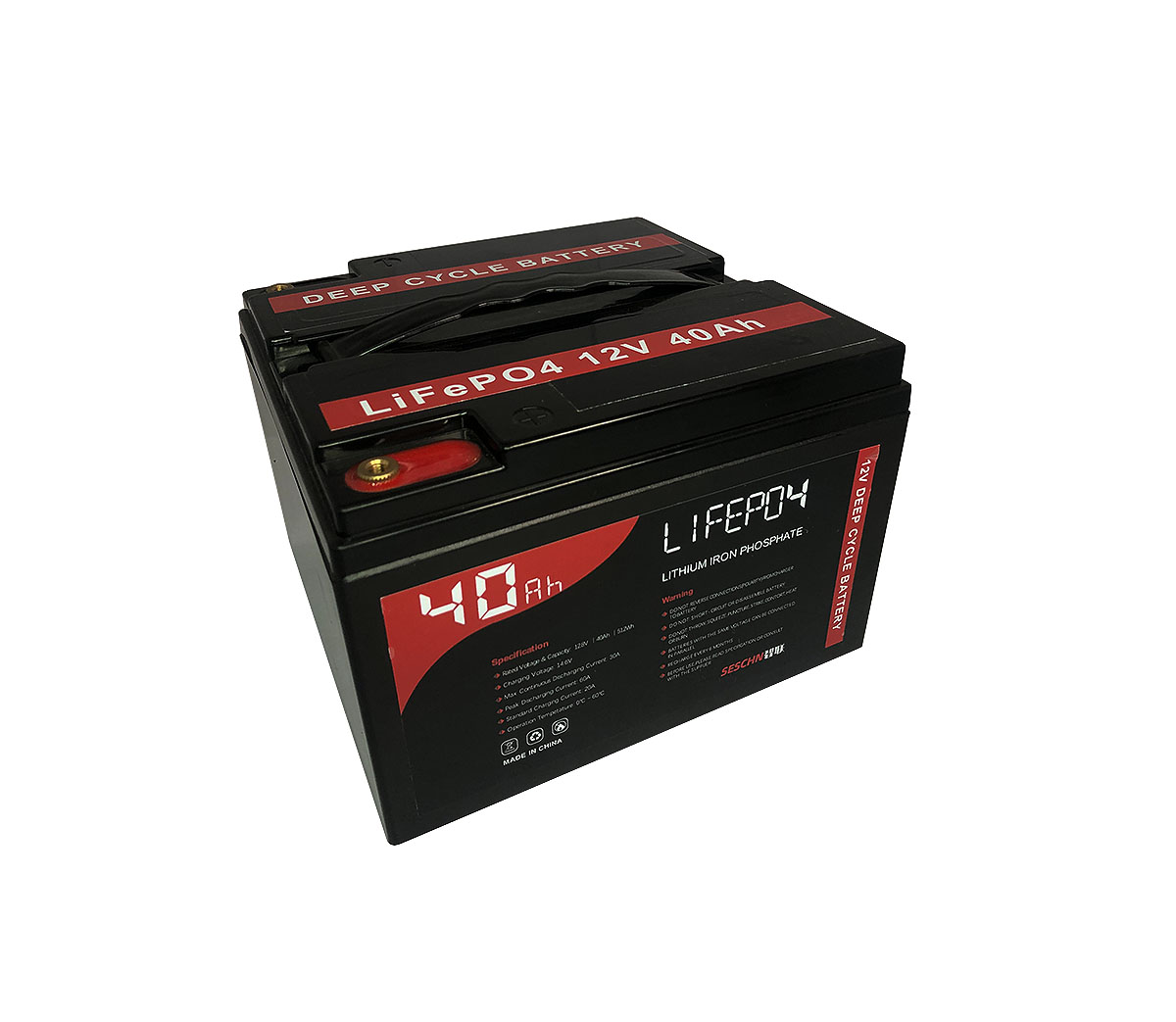Power battery market is "divided into two ways" ternary VS LFP, who will be
the final winner?
To this day, cruising range and operating cost are still the two major pain
points that restrict the development of new energy vehicles. Two major pain
points can be attributed to one problem, and that is the power battery.

Power batteries are regarded as the heart of new energy vehicles. The
quality of their technology will directly determine the overall quality of new
energy vehicles, and the key indicator energy density will directly determine
the cruising range. At the same time, the battery system is the most expensive
part of new energy vehicles, which directly affects the final price of the
vehicle.
A: The two most widely used lithium-ion batteries
The characteristics of a good battery are clear at a glance: fast charging
speed, safe use, high battery capacity, long service life, and low cost. This
also corresponds to the five key indicators of battery performance: charge and
discharge performance, high and low temperature performance (safety after
physical impact), energy density, life, and cost.
Related calculations show that the cost of the electronic control system
accounts for 65% of the total cost of new energy vehicles, which is much higher
than 30% of the fuel vehicle engine. The cost of the power battery alone
accounts for more than 35%.
Although the development of lithium-ion batteries has only 40 years of
history, it has become one of the most commonly used batteries in electric
vehicles due to its high energy density and the advantages of cycle life.
However, in lithium-ion batteries, ternary lithium and lithium iron phosphate
have each dominated for a period of time, and there is a significant difference
between the two.
The biggest advantage of lithium iron phosphate (LFP) is its low cost.
Lithium iron phosphate is currently a relatively common battery material, with
good cycle performance, stable battery material, high safety and high
temperature resistance, but the working performance of the battery will decline
in a low temperature environment.
The first LFP became the mainstream route of power batteries because of its
excellent safety. While everyone believed that LFP would be the correct answer
for power batteries, Tesla used excellent electronic control technology to prove
to the market that as long as the technology is good enough, the performance of
the ternary battery will be better than that of the LFP battery.
The ternary lithium battery is known for its endurance, taking into account
high energy density, good cycle performance, and low temperature resistance. It
is the first choice for consumer-grade electric vehicles, but its safety is
slightly weaker than that of lithium iron phosphate, especially at high
temperatures and impacts. Prone to accidents. In the early days of Tesla,
spontaneous combustion accidents occurred on the battery because of the use of
high-energy-density ternary lithium batteries, which gave up a certain degree of
safety.
B: Will they go in parallel or dominated by one family?
In the first half of this year, LFP batteries have returned strongly,
proving to the market that they are still one of the best solutions for power
batteries. In general, the strong return of LFP batteries is mainly affected by
three factors: oneself, opponents, and demand.
On its own, although LFP has a significant gap in energy density compared
to ternary batteries, in practical applications, battery manufacturers can
improve efficiency through technological optimization. BYD's blade battery is
the best example. Efforts are made to increase the size of single cells so that
more cells can be placed in a limited space, thereby effectively reducing costs
and increasing energy density. The data shows that the efficiency of the blade
battery of the same size is improved by more than 50%.
According to the current global plan for competitor ternary lithium
batteries, cobalt resources can be used for 20 years, nickel resources can be
used for 30 years, and lithium resources can be used for 600 years. Scarcity
means expensive, which means that prices are greatly affected by the
relationship between supply and demand.
Although battery manufacturers have tried their best to reduce costs, the
price of ternary batteries is still much higher than that of LFP batteries. For
the same amount of power generation, the cost of the two batteries is ten times
different. Car companies prefer to use lower-cost lithium iron phosphate
batteries, and even Tesla has begun to use LFP batteries to reduce costs.
At present, more and more models use lithium iron phosphate batteries. With
Tesla and CATL scheduled for 45GWh lithium iron phosphate batteries,
Mercedes-Benz announced the use of lithium iron phosphate batteries. Giant car
manufacturers all use lithium iron phosphate batteries, indicating that the
capital is right. The favor of lithium iron phosphate.
It is worth noting that September is the fifth consecutive month that the
output of LFP batteries has exceeded that of ternary batteries. It should be
pointed out that the recovery of lithium iron phosphate does not mean the
decline of ternary lithium batteries. Two different technical routes can meet
the different travel needs of users. From the actual situation, most battery
companies also choose to walk on two legs.
In fact, the characteristics of lithium iron phosphate and ternary lithium
batteries have long been concluded, but at different stages, the weight of
battery characteristics is different. For example, in the early development of
the lithium battery industry, stability and cycle life determine the key to the
breakthrough of new energy vehicles from 0 to 1, and lithium iron phosphate is
undoubtedly more advantageous.
After the endurance anxiety of electric vehicles has become the primary
issue, ternary lithium batteries with natural advantages in energy density
continue to erode the market space of lithium iron phosphate. With the blowout
expansion of the new energy vehicle market, the upstream supply is seriously
insufficient, and lithium iron phosphate is less dependent on rare raw
materials. It has become more favored by car companies due to its cost
advantage.
Each technology has its own characteristics and corresponds to different
application scenarios. Diversification is the main theme of the future technical
route, and there may even be scenarios where multiple technical routes are
integrated on the same power battery. At this time, lithium iron phosphate and
ternary lithium batteries no longer distinguish between you and me, similar to
the "symbiosis" relationship in nature.
Hybrid battery is a good technological innovation, it not only has the
safety and cost control of lithium iron phosphate, but also takes into account
the energy density of ternary lithium battery. In fact, similar multi-technology
route batteries have already appeared. For example, at the end of July 2021,
when CATL first released sodium-ion batteries, it released its original AB
battery pack mode, that is, the battery pack contains both sodium-ion batteries
and lithium-ion batteries.
This places extremely high requirements on the BMS system (battery
management system). But the effect is also very significant. The new type of
battery that balances the advantages and disadvantages of sodium-ion batteries
and lithium-ion batteries no longer has obvious shortcomings and can meet more
diversified market needs.
The future of battery technology is full of imagination, but it is certain
that lithium iron phosphate will not be the only one. More and more battery
types will be put on the market. Diversification is the eternal theme of battery
technology.

Lithium-ion battery (LIB) has become the main energy storage solution in
modern social life. Among them, lithium iron phosphate battery is a perfect
replacement for lead-acid batteries, and it is the first choice for
grid-connected peak shaving, off-grid energy storage, photovoltaic energy
storage, UPS, data center and other industries.




































